
This is the third of three features that I have done this pre-season regarding an analysis of fantasy Wide Receivers.
In the first feature, I looked at the empirical receiving data from 2024 (in terms of targets, receptions and fantasy points) to help build a model (or at least a starting point) for ranking the fantasy wide receivers headed into 2025. In the second featured I analyzed Sophomore Wide Receivers (from the Class of 2024).
Today I will look closely at what I call the QB-to-WR Index. This index attempts to build a model whereby we can tie a WR's predicted performance to that of his corresponding QB.
More specifically, like the first feature, this feature is built around a number of top-40 charts. My goal is to use the data represented in these tables to begin a guided tour that will hopefully get us to our destination: an initial ranking of fantasy wide receivers based on their own data elements from last year as well as data associated with the QBs who will be tossing them the ball in 2025.
The charts include the final 2024 rankings of wide receivers in the following categories: WR Fantasy Points (based only on receiving factors), WR Fantasy Points Per Target (again, based only on receiving factors), WR Team Share, QB Fantasy Points (based only on passing factors), and QB Fantasy Points Per Pass Attempt (again, based only on passing factors).
Note that the tables below reference the 2024 team for which each player played.
Lets start by simply looking at the wide receivers who scored the most points in fantasy in 2024. Note that the point totals listed below represent both standard scoring (1.0 point for each yard rushing/receiving and 6 points per touchdown).
WR Fantasy Points - Receptions Only
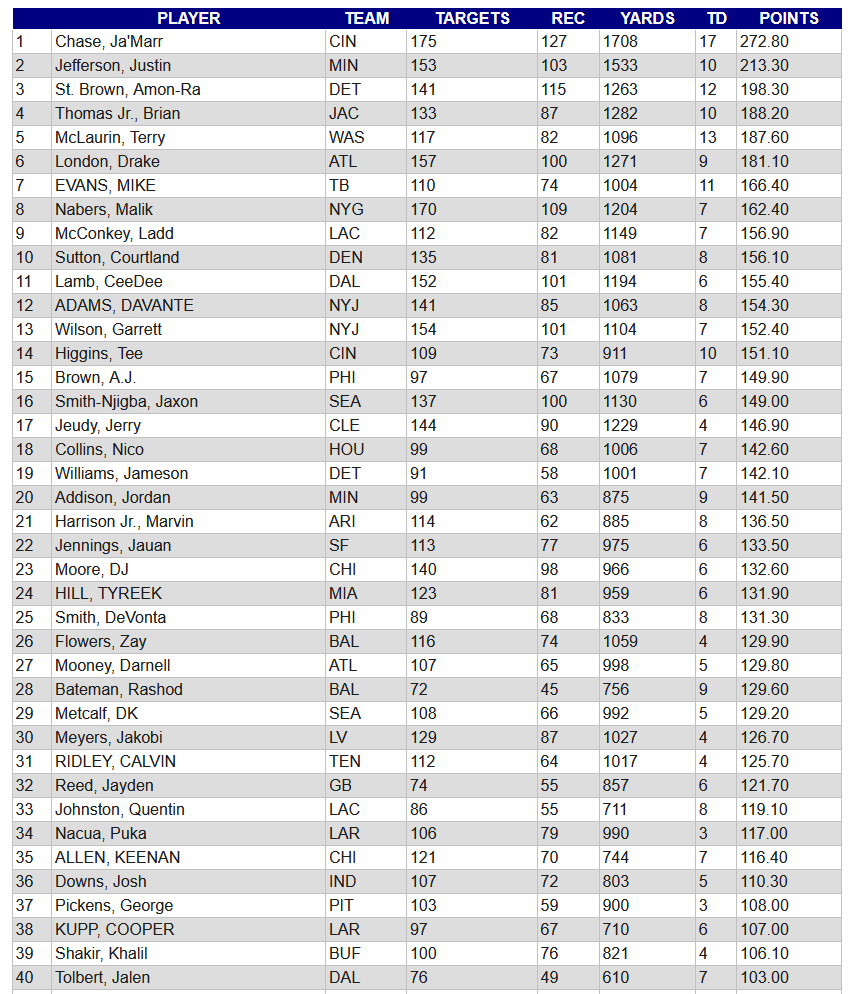
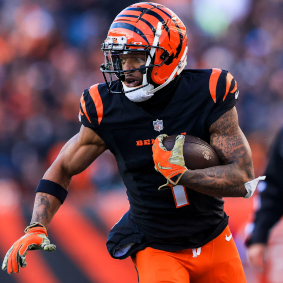
Why This May Be Helpful: Well, this is pretty obvious, as it lays out the top fantasy performers at the WR position in 2024. The caveat is that I have removed fantasy production that did not come from the passing game. That is because, stats outside of the passing game would not factor into the QB-WR Index I am looking at here. Hence, guys like Deebo Samuel who saw a great deal of production in the running game take a hit.
Aside from the usual studs, there were a number of surprise players such as rookies Brian Thomas Jr., Malik Nabers, Ladd McConkey, and even Marvin Harrison Jr. who all posted start-worthy numbers -- that is, finished as at worst a WR2 in 12-team leagues -- sll four receiving well over 100 targets. Speaking of which... note that, for example, CeeDee Lamb did indeed finish as WR11 in standard formats, making him a genuine fantasy WR1 despite the perception that he was a bit of a "bust" in 2024.
WR Fantasy Points Per Target
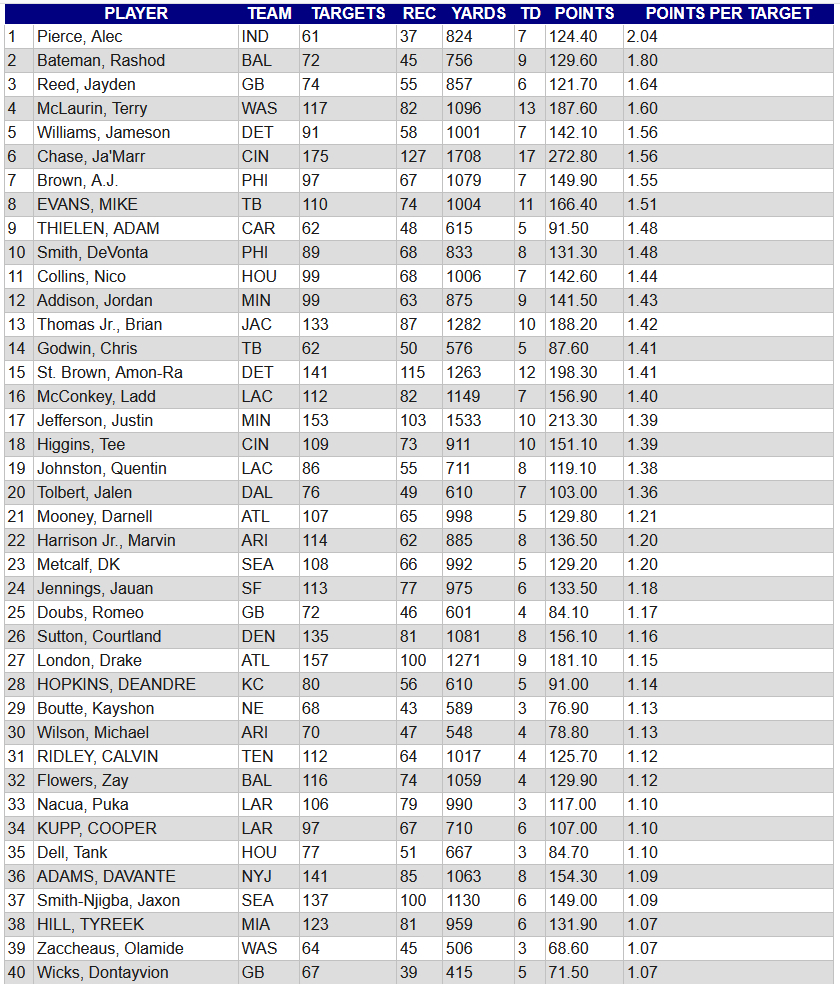

Why This May Be Helpful:The Points Per Target value was rounded to two digits to the right of the decimal, but all sorting was performed prior to the rounding -- and no two players had an identical value prior to the rounding. That is, there were no ties despite the identical values listed above -- and the players are all listed in the correct order.
After clarifying all that, I must say that this is one of my favorite statistics when looking at fantasy wide receivers as it truly measures which players made the most (fantasy points) of the opportunities presented to them (targets). The key to identifying fantasy relevance is to identify which players appear on this Fantasy Points Per Target chart as well as the Total Targets chart. This will present you with the list of players who operated at a high fantasy level due to both volume and production. One player that clearly stands out is Terry McLaurin, who was among the top 5 fantasy receivers last season in terms of fantasy points per target -- yet was the only in that group who managed more than 100 targets..
But Be Careful: This stat can be heavily influenced by a couple of big plays if the receiver has an inordinately small sample size. That would be the case here with Alec Pierce, Rashod Bateman and Jayden Reed all of whom racked up fewer than 75 targets but managed the 60, which was enough to make us take notice -- but also probably not enough to make an assertion that they deserve to be over-ranked as fantasy WR1. Take the guy that was arguably the most explosive receiver last year in terms of productivity per target -- Alec Pierce. The problem is that he barely qualified for this list (61 targets) -- and due to the low volume failed to finish among the top 40 fantasy WRs in 2024. Note also that just because a player was highly productive WHEN he was targeted that does not mean that he nets enough targets to be especially useful in fantasy. I made that mistake with Jayden Reed last year, assuming that he would be a sneaky fantasy stud in 2024 because of his high level of productivity when targeted in 2023. In the end, while he maintained that high level of productivity in 2024 (finishing as WR3 in fantasy points per target), he was not targeted enough to be as impactful as I hoped (WR32).
WR Team Share
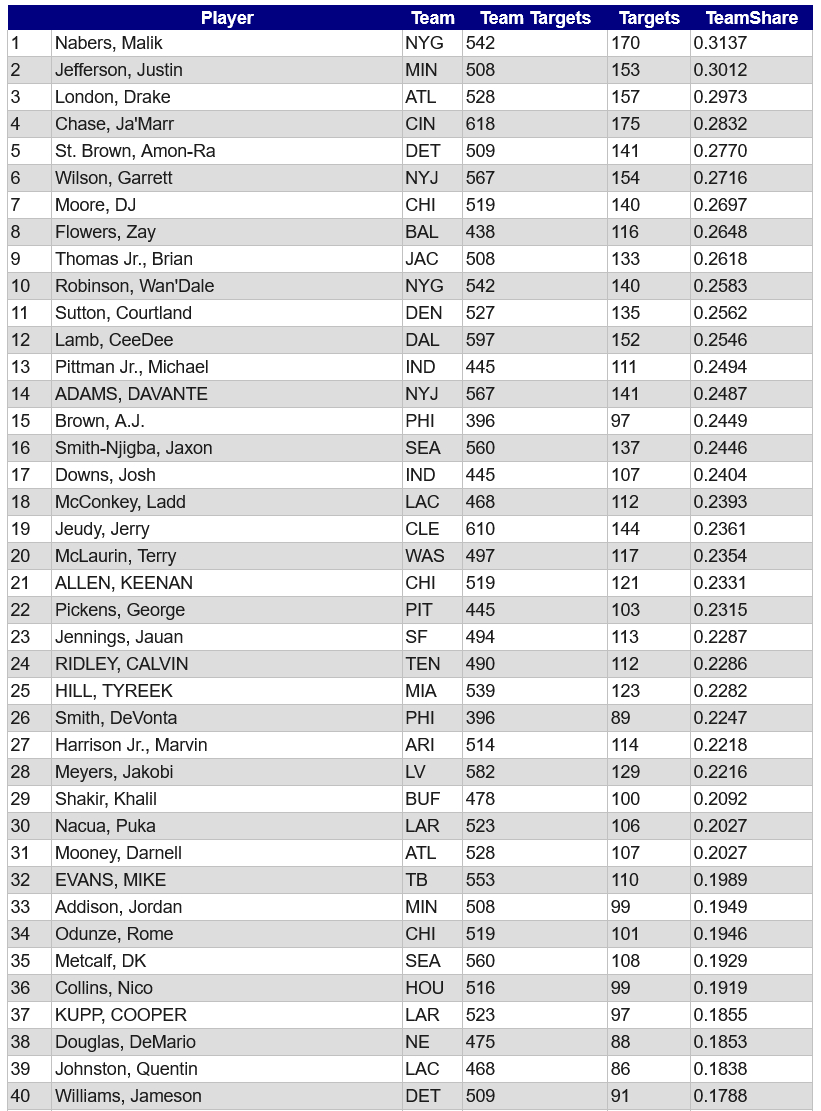
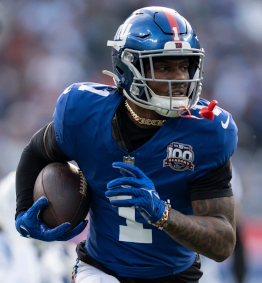
Why This May Be Helpful:What this does is emphasize which receivers were the favorite targets of their respective teams and became the apple's eye of their quarterback.
It is not surprising to see Chase, Jefferson and St. Brown all in the top 5. What is a bit surprising in #1, Malik Nabers who managed to earn the lion's share of the Giants' targets despite having one of the worst revolving-door situations at QB in 2024.
But Be Careful:I suppose the value from a fantasy perspective here lies in identifying those teams which may evolve into a more pass-friendly offense in 2025 or whose QB situation may be better. (Nabers?)
Conversely, be careful to look closely at teams that added immediate reinforcements -- or players who have moved on. Keep a close eye on free agency to see what moves may have the greatest impact.
QB Fantasy Points - Passing
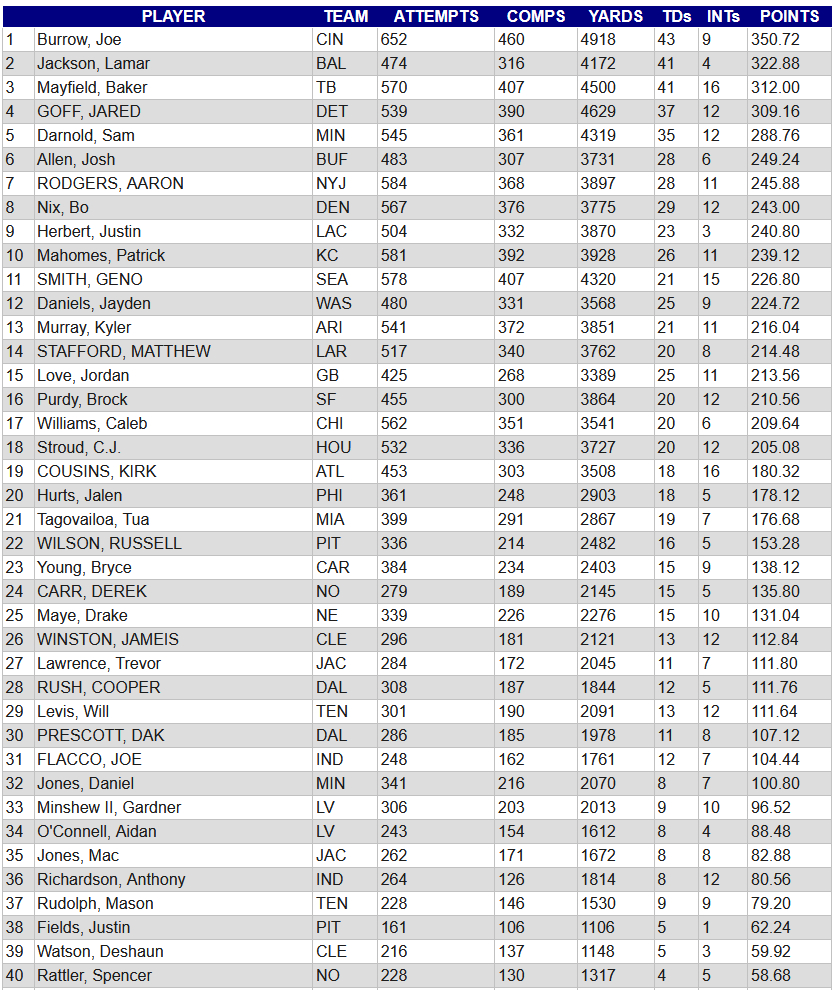

Why This May Be Helpful:
Now, instead of looking at each WR's stats, we are looking at each team's passing production as a whole. This gives us an understanding of which offenses were more pass-centric -- and which ones provided the best opportunity for fantasy production. It makes sense then that our top passing offense was Cincinnati as Joe Burrow had a career year in 2024 in terms of passing yards and TDs -- and Ja'Marr Chase is also the WR1 in virtually every ranking heading into 2025. In addition to Chase, the Bengals sported another top 20 fantasy WR in Tee Higgins. This remains a testimony to Zac Taylor's system. Four of the top five were all primarily classic drop-back, pocket passers, but the interesting name on this list was the second-most productive passer in 2024, Lamar Jackson, who has always received rightful praise for his exceptional mobility and rushing abilities but really exploded as a PASSER last season.
But Be Careful: First, let's talk more about Lamar Jackson and his sensational season. While he and Josh Allen (#6 above) were both elite passing (let alone rushing) QBs last season (and will coem off the board as the top 2 fantasy QBs in most leagues), they both played in offenses that were predicated on the notion that "everybody eats" and were devoid of top-flight WR1 options. Hence, neither of their respective teams (Baltimore and Buffalo) sported a top 24 fantasy WR.
QB Fantasy Points Per Pass Attempt
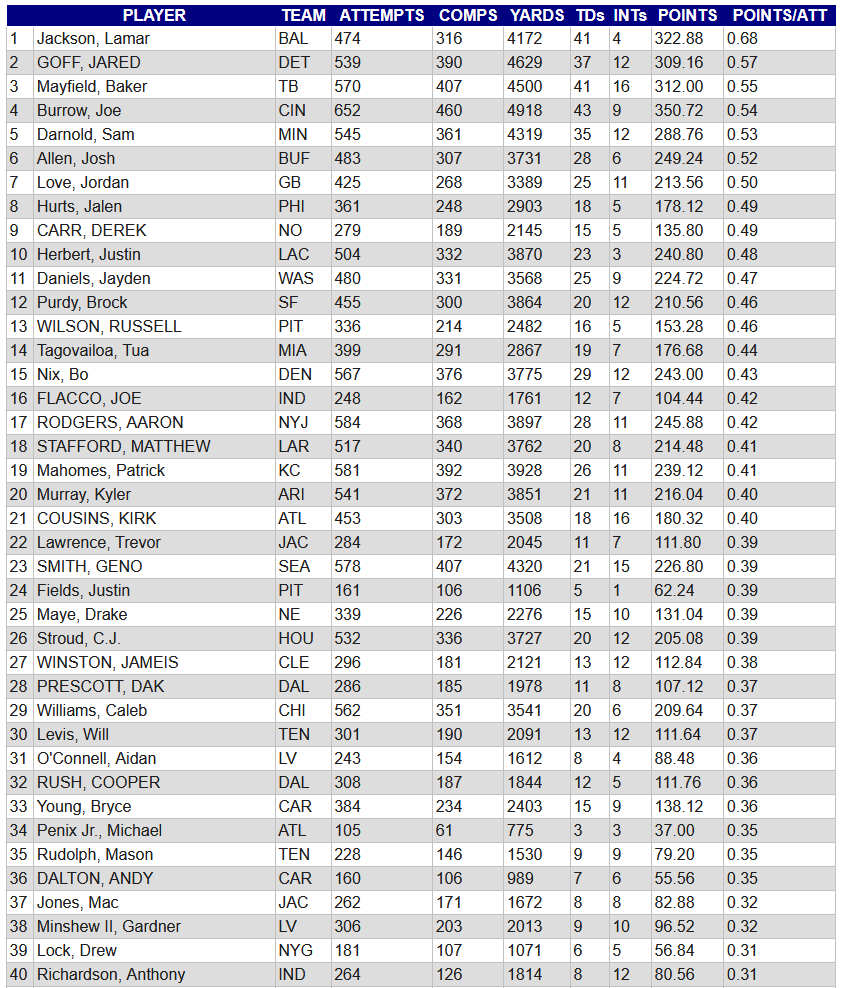
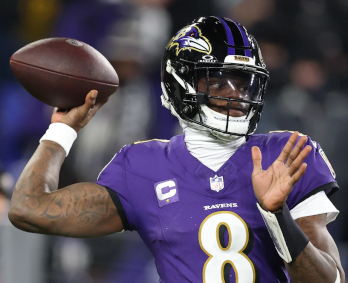
Why This May Be Helpful: Our first passing chart was based on production and not coincidentally volume. This one is more based on efficiency. That is QUALITY over QUANTITY. So, for example, we see again that Lamar Jackson was the cream of the crop here. Meanwhile, note how amazing it is that the Baker Mayfield (somewhat of an afterthought in fantasy at this time last season) managed to finish as QB3 in both charts -- which just goes to show how special last season was for Mayfield. The same came be said of Jared Goff, which ranked in the top 5 on both charts.
But Be Careful:Much like the Points Per Target matrix, which is an effective measurement for determining quality, there are drawbacks. Given that the passing metric is season-long, I don't think that sample size is as much of an issue as it is when we look at WR production on a per target basis. Still, volume MUST be taken into consideration. In fantasy you will not win based on style points or who-did-what on a per play basis. You win based on production. So it makes little sense to use this chart outside of the context of the first chart as well. In fact, that is exactly how I would use it in helping to identify the receivers who are in the best position to succeed thanks to their quality at QB.
Also, simply because a team has an elite QB with a highly productive passing game, that does not mean that every receiver on the team is a serious fantasy option. The obvious example of this is Buffalo. That is exactly why Josh Allen won the MVP last season over Lamar Jackson, who posted superior numbers. Allen posted impressive numbers despite losing his top two WRs (Diggs and Davis) and with no WR that finished as even a WR3. He did more with less. The charts here confirm this. Hence I could not rank any Buffalo wide receiver as a WR1 or even WR2 in fantasy. The same would appear to be true of the 2025 Ravens, as Lamar Jackson Allen is QB1 in many rankings -- but will again be without a bona fide alpha WR at his disposal.
Finally, the QB-WR Index
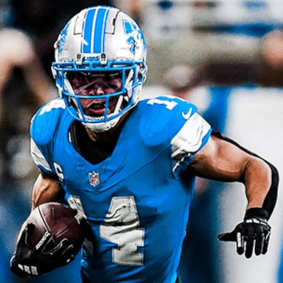 1. Ja'Marr Chase
1. Ja'Marr Chase
2. Amon-Ra St. Brown
3. Justin Jefferson
4. Jaxon Smith-Njigba
5. Terry McLaurin
6. Ladd McConkey
7. Drake London
8. Mike Evans
9. Malik Nabers
10. Brian Thomas Jr.
11. Garrett Wilson
12. Zay Flowers
13. Courland Sutton
14. DJ Moore
15. CeeDee Lamb
16. AJ Brown
17. Tee Higgins
18. Jauan Jennings
19. DaVante Adams
20. DeVonta Smith
21. Khalil Shakir
22. Puka Nacua
23. Tyreek Hill
24. Jakobi Meyers
25. Jerry Jeudy
26. Jameson Williams
27. Nico Collins
28. Cooper Kupp
29. Wan'Dale Robinson
30. Jordan Addison
31. DK Metcalf
32. Marvin Harrison .Jr
33. Quentin Johnston
34. Josh Downs
35. Darnell Mooney
36. Calvin Ridley
37. DeAndre Hopkins
38. DeMario Douglas
39. Michael Pittman Jr
40. Xavier Worthy
41. Jaylen Waddle
42. George Pickens
43. Deebo Samuel Sr
44. Ray-Ray McCloud III
45. Jayden Reed
46. Elijah Moore
47. Rashod Bateman
48. Rome Odunze
49. Jalen Tolbert
50. Tre Tucker
Why This May Be Helpful:This combined series of metrics takes into account all of the following: WR Volume, WR productivity and corresponding passer effectiveness. While it does not serve as a true ranking of fantasy WRs, it does provide a decent ballpark and provides an additional perspective when trying to decide between two WRs that you have ranked closely together. For example, this will help us identify receivers who have moved on from a team that was less prolific in the passing game to a more pass-friendly team (and vice versa).
Of interest is that in our first segment of purely WR metrics, Ja'Marr Chase ranked #1 -- and he ranks #1 here as well. Maybe there is something to that. It stands to reason that Chase is heavily targeted in the most prolific passing offense with the 4th most efficient QB and is himself highly efficient on a per-target basis. There is a reason why he should be the first WR to be drafted in fantasy this season.
Another thing I can't help but notice is how high both Jaxon Smith-Njigba and Drake London ranked on this list, despite the relative lack of fanfare that either receiver is getting. The concern with JSN, of course, is the QB change in Seattle -- but based on these metrics be may be in better shape with Darnold (QB5 in passing last season) than he was with Smith (QB11) last season.
But Be Careful:Like I said, it does NOT represent a true WR ranking. For example, in most drafts you will not see JSN drafted ahead of Malik Nabers or Brian Thomas Jr. First, Nabers' numerical analysis takes a hit because he played a significant part of the 2024 season with absolute garbage at QB. Note also that Puka Nacua and Nico Collins --sure to be drafted as WR1 in fantasy -- ranks BEHIND guys like Khalil Shakir that we just warned was not in consideration even as a WR3. How can that be? Well, Shakir was a target-converting monster (catching 76% of his targets) in 2024, whereas as Collins and Nacua were hampered by injuries.
Another thing to be cautious of is that this exercise relies solely on 2024 production. So guys who had off-years or missed the season entirely are missing from these metrics. Likewise, there is no accounting for rookie players either. That last point is especially noteworthy, as experts were clearly correct about the 2024 draft class being very DEEP at WR: Brian Thomas Jr, Malik Nabers, Ladd McConkey, Marvin Harrison Jr, and Xavier Worthy will all be drafted in the first 6 rounds or so . This season's rookie class does not look nearly as inviting, but guys like Travis Hunter and T. McMillan could be intriguing.